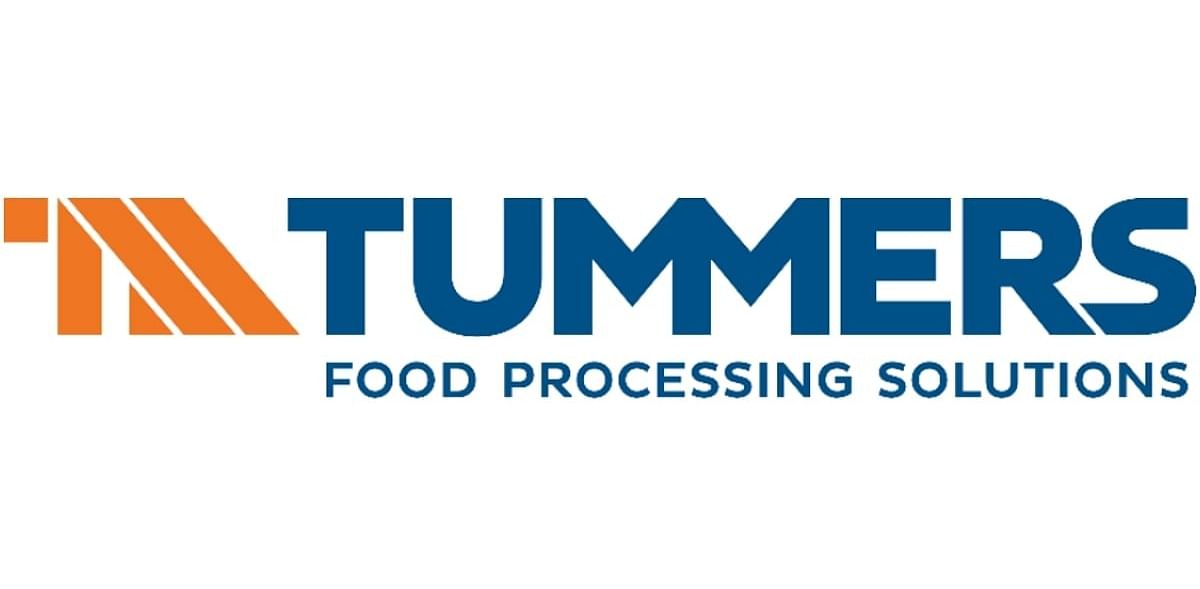Peel removal is a fundamental step in industrial potato processing, directly affecting product quality, yield, and efficiency. The main goal is to remove the potato skin with minimal loss of valuable flesh, using methods that can be scaled for high-capacity operations. Today, the most common industrial techniques are steam peeling and abrasive (mechanical) peeling, each with distinct advantages and application.
Een vervolgstap in het totale stoomschil proces, waarin de schil die losgemaakt is tijdens het stomen van de aardappel wordt geborsteld, meestal in een roterende trommel
Klik hier om uit te vouwen en meer te weten te komen!
Main Peel Removal Methods
Steam Peeling
- Process: Potatoes are loaded into a sealed, rotating drum or vessel. High-pressure steam is injected, rapidly heating the water just beneath the potato skin. After a short exposure, the vessel is depressurized suddenly. The water under the skin flashes into steam, loosening the peel, which is then removed by mechanical means such as brushes, air blasts, or centrifugal force.
- Advantages: Achieves near-complete or 100% peel removal, making it ideal for products where a clean, smooth finish is critical (e.g., French fries, chips). Minimizes loss of potato flesh, resulting in higher yields compared to abrasive methods. Highly efficient and suitable for large-scale, continuous processing lines. Modern systems feature energy and steam-saving innovations, and can integrate with digital controls for yield optimization.
- Considerations: Requires significant investment in infrastructure for steam generation and pressure control, as well as regular maintenance.
Abrasive (Carborundum) Peeling
- Process: Potatoes are placed in a rotating drum lined with abrasive (carborundum) surfaces or equipped with protrusions. As the drum rotates, the abrasive action removes the skin. Water sprays help wash away loosened peel and debris, maintaining hygiene and product flow.
- Advantages: Fast and cost-effective, making it suitable for both small and large processors. Well-suited for products where a small amount of peel residue is acceptable (e.g., potato chips). Machines are available in various sizes, including compact models for small-scale operations.
- Considerations: Can remove a thin layer of potato flesh along with the peel, resulting in slightly higher product loss compared to steam peeling. The finish may be less “hand-peeled” in appearance, but is generally acceptable for many processed products.
Knife and Blade Peeling
- Process: Uses blades or knives to remove the skin, closely replicating manual peeling. Typically employed for specialty or premium products where precise, minimal peel removal is required.
- Advantages: Produces a hand-peeled appearance and minimizes product loss.
- Considerations: Lower capacity and higher labor or maintenance needs; less common in high-volume industrial settings.
Other Methods
- Lye/Caustic Peeling: Involves bathing potatoes in caustic solution to loosen the skin, followed by scrubbing. Rarely used today due to environmental and safety concerns, but still found in some fruit processing.
- Combined Systems: Modern peeling lines may combine steam and abrasive methods to optimize yield, quality, and efficiency for specific products.
"Peel removal in potato processing is achieved primarily through steam and abrasive peeling, each chosen based on product requirements, scale, and desired yield. Steam peeling is favored for high-yield, high-quality applications, while abrasive methods offer speed and cost-effectiveness for many processed products. Ongoing innovation in peeling technology continues to improve efficiency, sustainability, and product quality across the industry.."
Browse Companies Offering Ontvellen

Tummers Food Processing Solutions B.V.
Tummers Food Processing Solutions produces machinery for washing, peeling, (drum)drying, (hydro)cutting and potato processing lines.

TOMRA Food
TOMRA Food designs and manufactures sensor-based sorting machines and integrated post-harvest solutions transforming global food production to maximize food safety and minimize food loss, by making sure Every Resource Counts.

